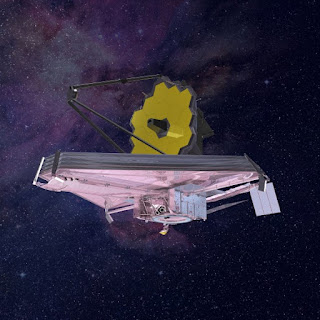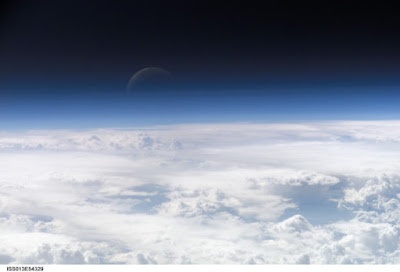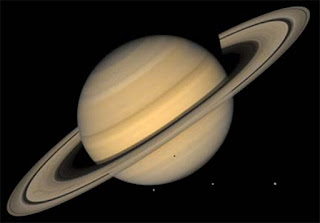Adjusting Billions of Years Pleases Darwin

It is no secret that Charles Robert Darwin needs his followers to sacrifice science and logic in order to give him huge amounts of time. Otherwise, he cannot perform his evolutionary wonders when there is lack of faith on the part of his votaries. But they come through. When reading sacred writ from the secular science industry, discerning people may notice phrases like "earlier than thought". New discoveries require adjustments, and the false claim that "science is self-correcting" is invoked . In reality, naturalists get tangled in their webs while trying to force-fit data into observations they have made themselves. This requires the hope that folks aren't skilled enough in critical thinking to catch them moving the goalposts, tampering with the evidence, and using dreadful logic. When caught defying real science, they try to evosplain the problems away. Rescuing devices are frantically created for things such as a star that is determined to be "older...
















